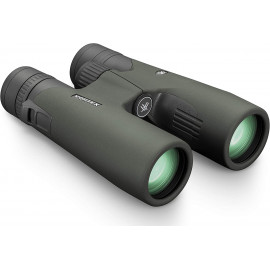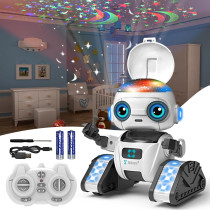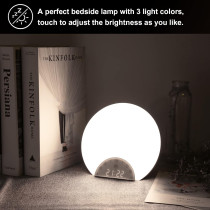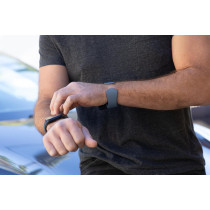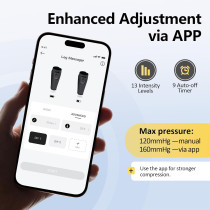Discover the power of robots using virtual machines as their core control system to run ROS2 applications efficiently with microROS on resource-limited hardware. This cost-effective solution bypasses expensive devices like Jetson or Raspberry Pi, making it ideal for learning ROS2, enhancing algorithm performance, and inspiring DIY innovation. The microROS robot kit transmits real-time chassis data to a PC virtual machine enabling advanced features such as LiDAR mapping navigation, path planning, obstacle avoidance, tracking, and multi-robot coordination. It supports Rviz simulation for intuitive visual feedback, aiding users in understanding LiDAR operation, map creation, and navigation—perfect for mastering ROS robot programming. Built with a sleek, fully enclosed anodized aluminum alloy chassis, the robot is durable and visually clean. Equipped with ORBBEC MS200 TOF LiDAR for precise indoor/outdoor mapping, an ESP32S3 dual-core expansion board, and a 7.4V 2000mAh battery for 5-hour runtime, it provides a reliable, high-performance platform. Yahboom offers comprehensive courses, practical tutorials, and expert support covering hardware drivers, robot control, Linux, Docker, ROS2, and microROS environments—ensuring users quickly advance their skills with confidence.
✨Free delivery✨

 Buying this product you will collect 20 points with our loyalty program. Your can convert 20 points in your account into a voucher for a future purchase.
Buying this product you will collect 20 points with our loyalty program. Your can convert 20 points in your account into a voucher for a future purchase.





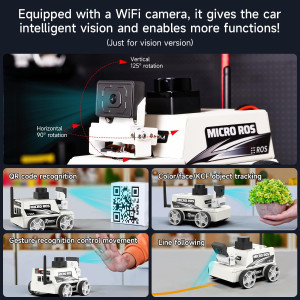










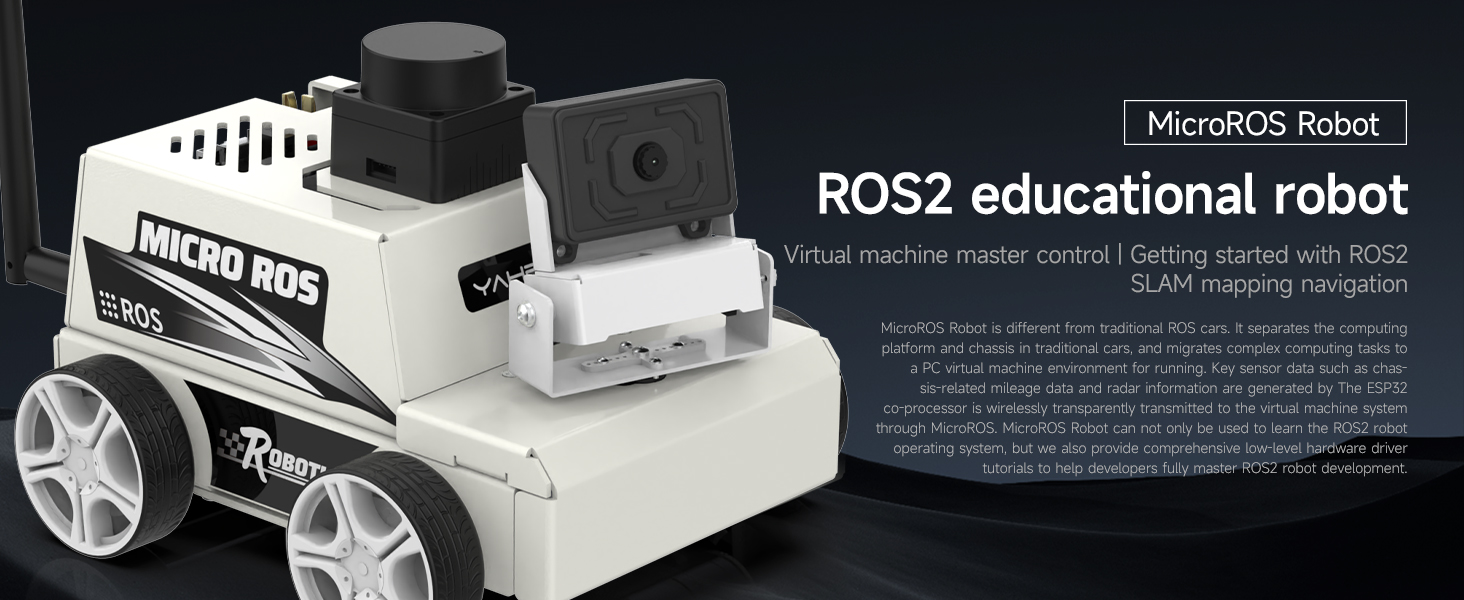 Experience advanced 4-wheel drive mapping and navigation technology with this cutting-edge robot car. Its sophisticated design enables efficient SLAM (Simultaneous Localization and Mapping) capabilities, making it ideal for autonomous robotics projects and intelligent navigation tasks.
Experience advanced 4-wheel drive mapping and navigation technology with this cutting-edge robot car. Its sophisticated design enables efficient SLAM (Simultaneous Localization and Mapping) capabilities, making it ideal for autonomous robotics projects and intelligent navigation tasks.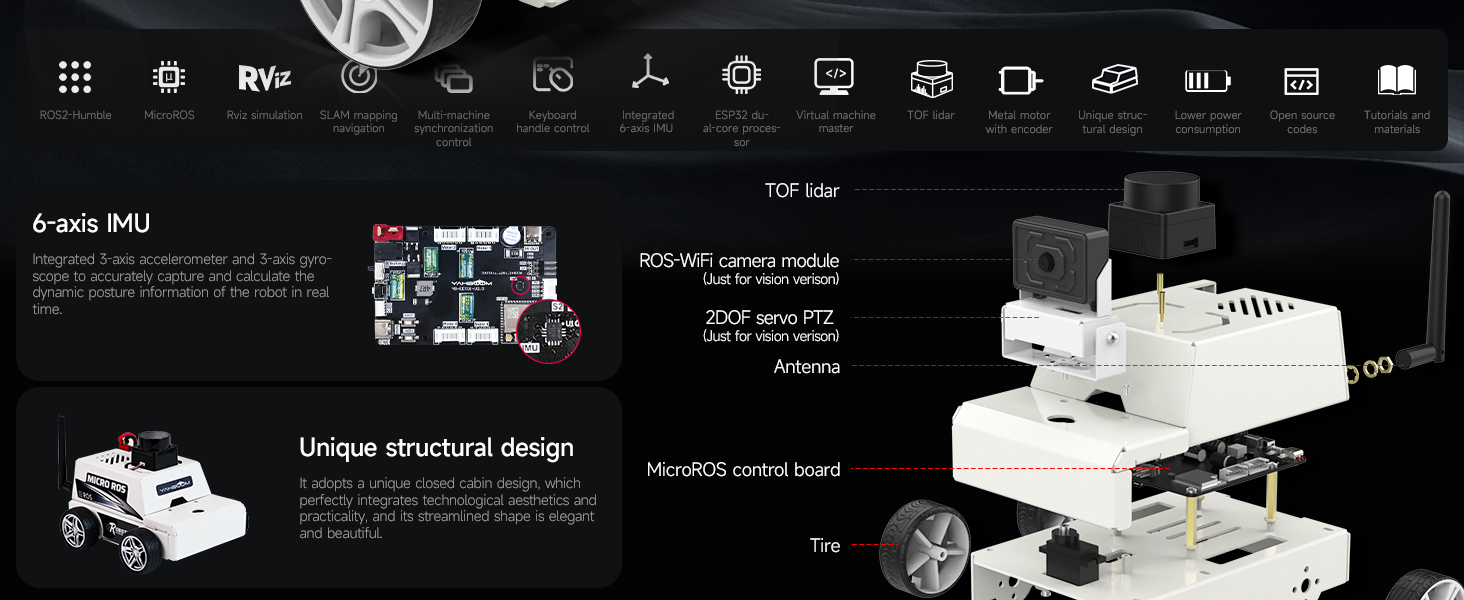 The robot is engineered to work seamlessly alongside virtual machine environments, providing developers with a versatile platform to test and develop AI navigation algorithms. Its robust build supports precise control and real-time environmental mapping.
The robot is engineered to work seamlessly alongside virtual machine environments, providing developers with a versatile platform to test and develop AI navigation algorithms. Its robust build supports precise control and real-time environmental mapping.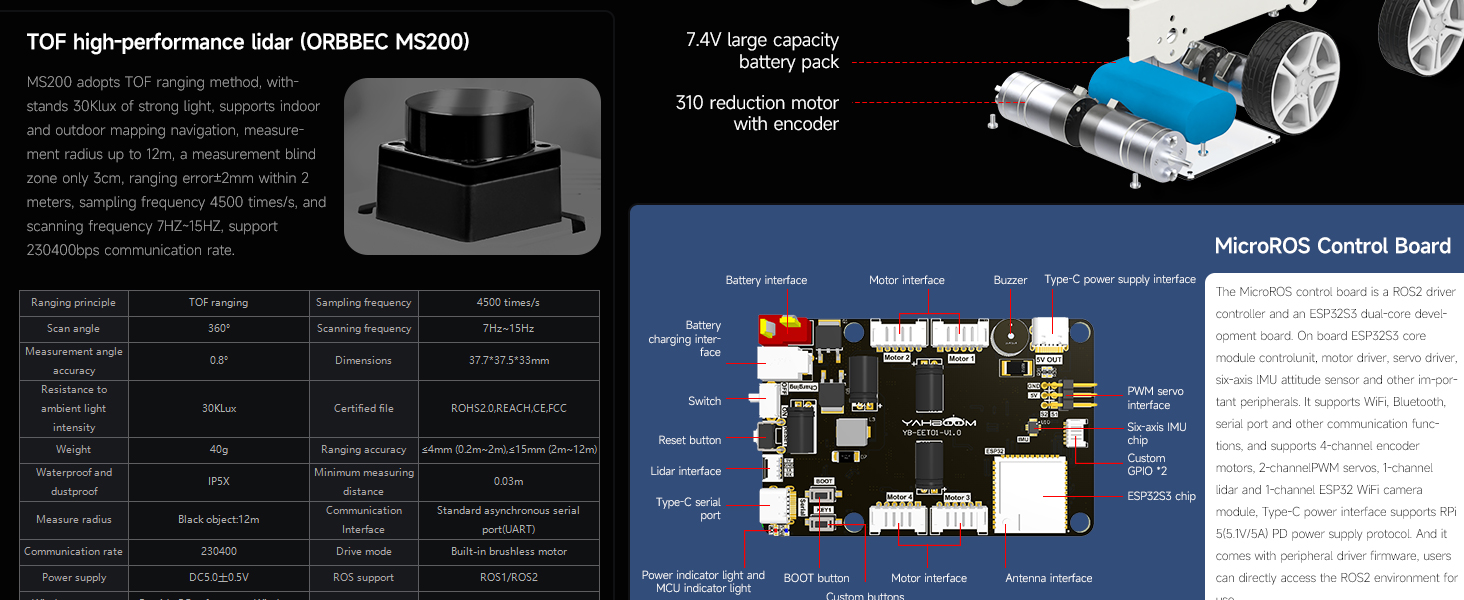 Equipped with powerful on-board sensors and processing units, this robot car excels at environment perception for accurate mapping and path planning. Its flexibility allows seamless integration in varied robotics projects including AI-driven exploration.
Equipped with powerful on-board sensors and processing units, this robot car excels at environment perception for accurate mapping and path planning. Its flexibility allows seamless integration in varied robotics projects including AI-driven exploration.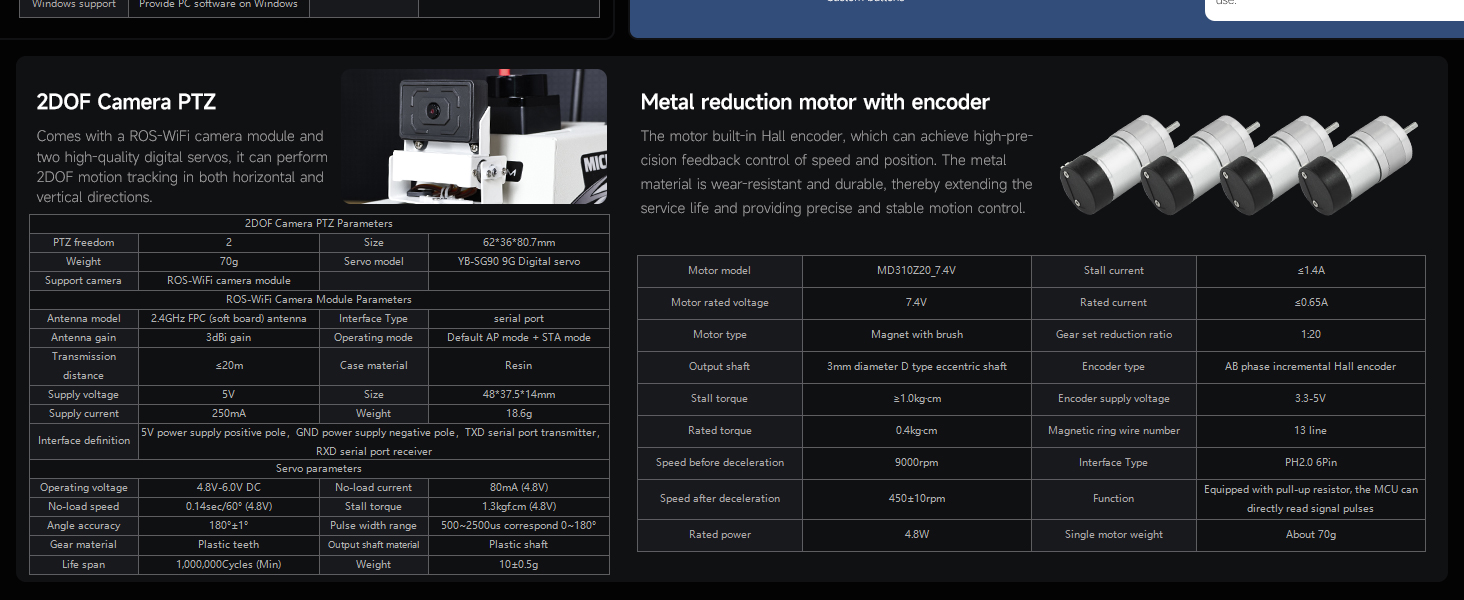 Its rugged chassis supports durable operation across diverse terrains, combined with advanced AI navigation capabilities powered by ROS2 frameworks. Ideal for education, prototyping, and AI research with real-world applications.
Its rugged chassis supports durable operation across diverse terrains, combined with advanced AI navigation capabilities powered by ROS2 frameworks. Ideal for education, prototyping, and AI research with real-world applications.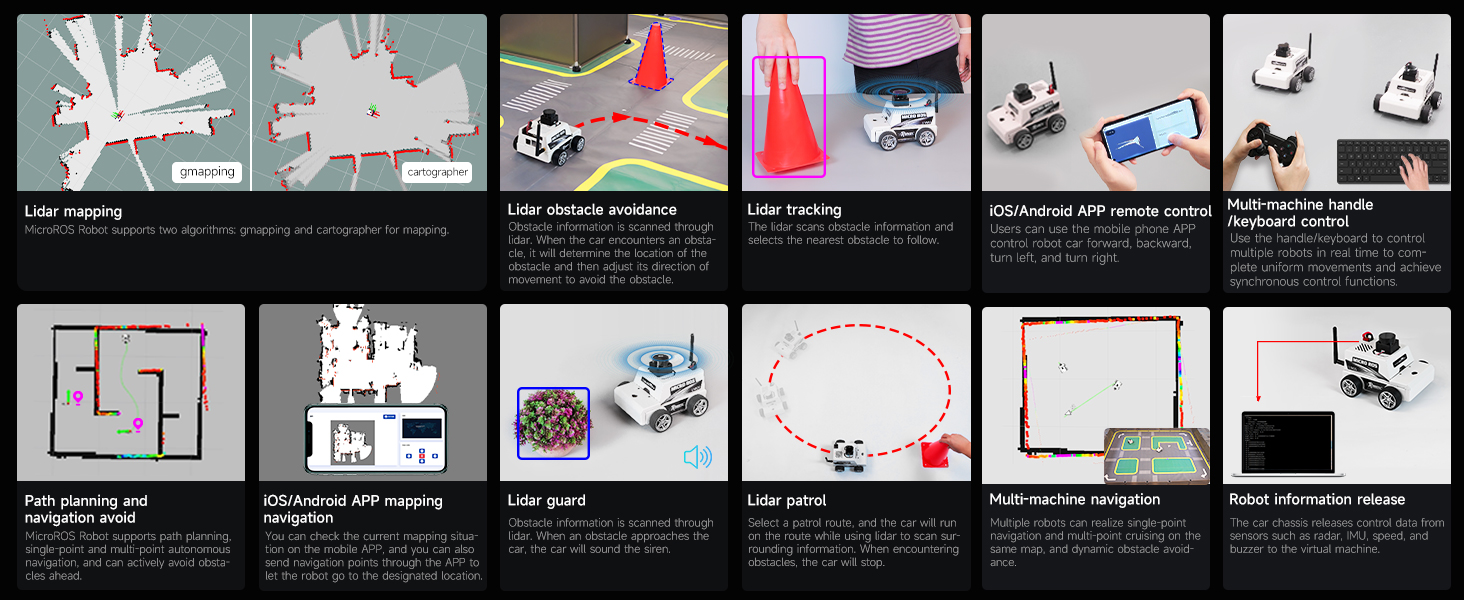 Integrated ROS2 AI SLAM technology facilitates real-time localization and mapping, turning the robot car into an autonomous vehicle capable of navigating complex environments with precision and efficiency.
Integrated ROS2 AI SLAM technology facilitates real-time localization and mapping, turning the robot car into an autonomous vehicle capable of navigating complex environments with precision and efficiency.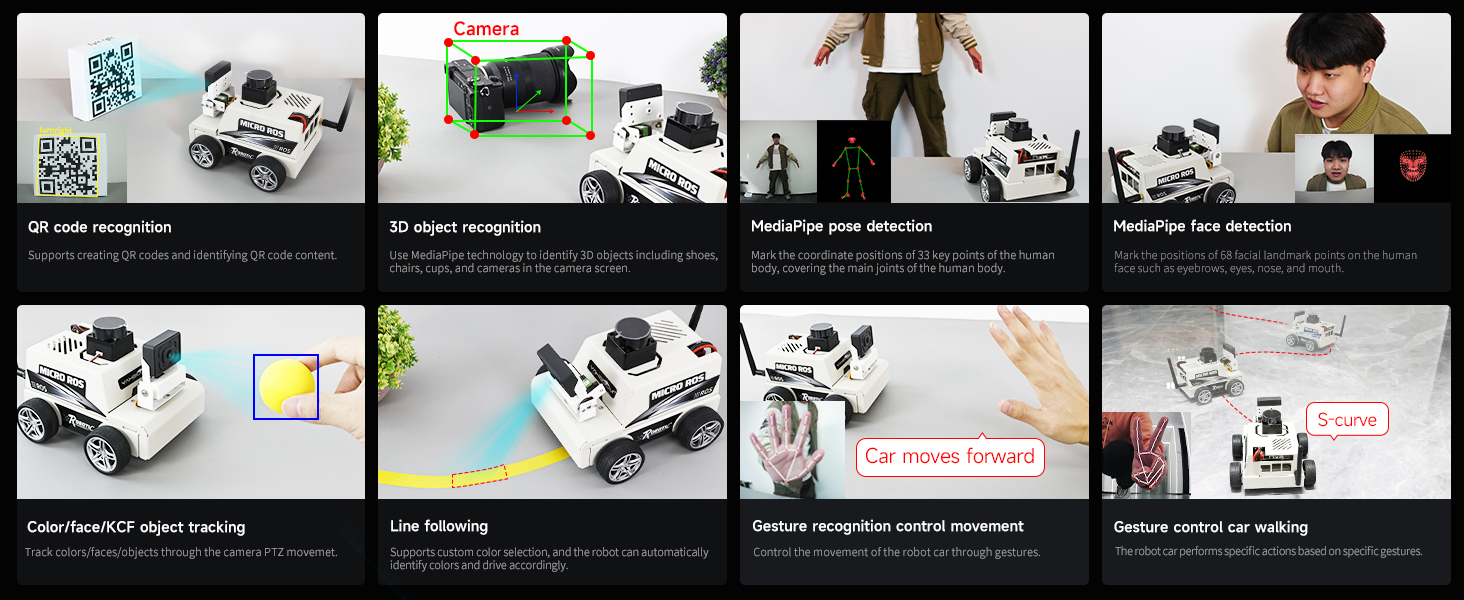 Featuring the ESP32 AI Vision Module, this edition incorporates advanced AI visual recognition capabilities. It enables the robot to identify, interpret, and react to its surroundings, adding a new dimension to autonomous robotics applications.
Featuring the ESP32 AI Vision Module, this edition incorporates advanced AI visual recognition capabilities. It enables the robot to identify, interpret, and react to its surroundings, adding a new dimension to autonomous robotics applications.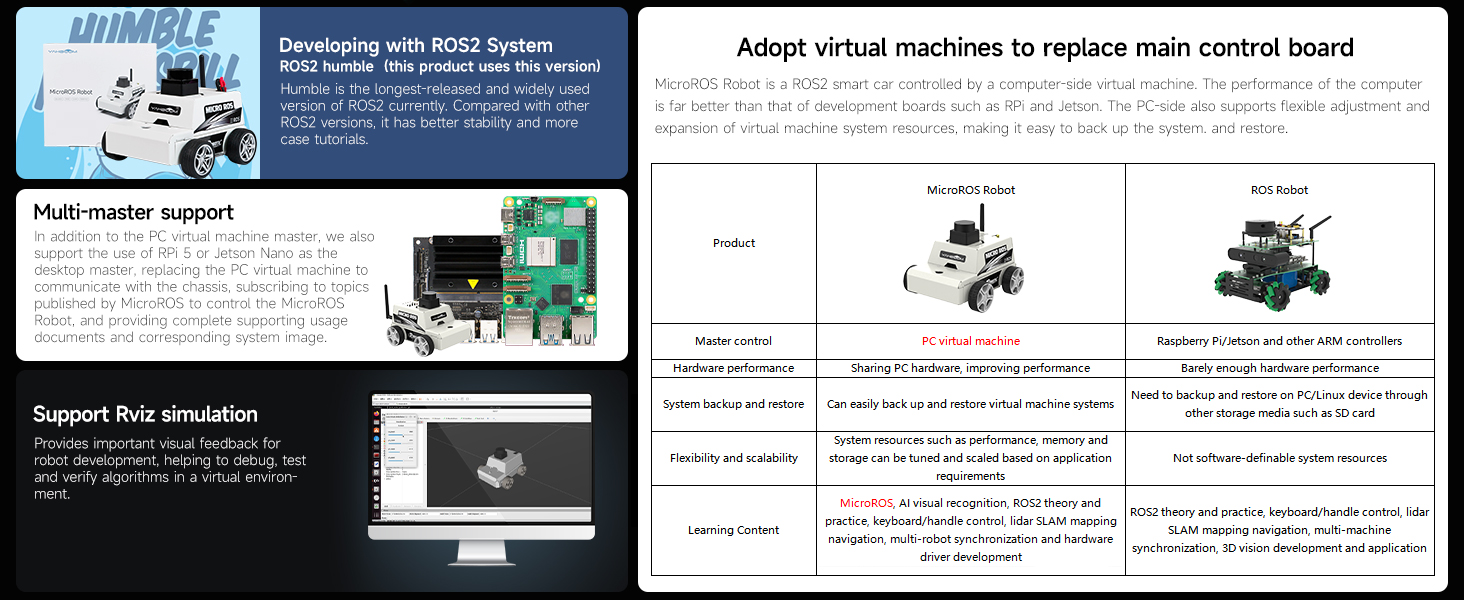 Close-up view of the intelligent robot car highlighting its compact, durable construction and integrated sensors. This image showcases the intricate design and high-quality build optimized for advanced robotics development.
Close-up view of the intelligent robot car highlighting its compact, durable construction and integrated sensors. This image showcases the intricate design and high-quality build optimized for advanced robotics development.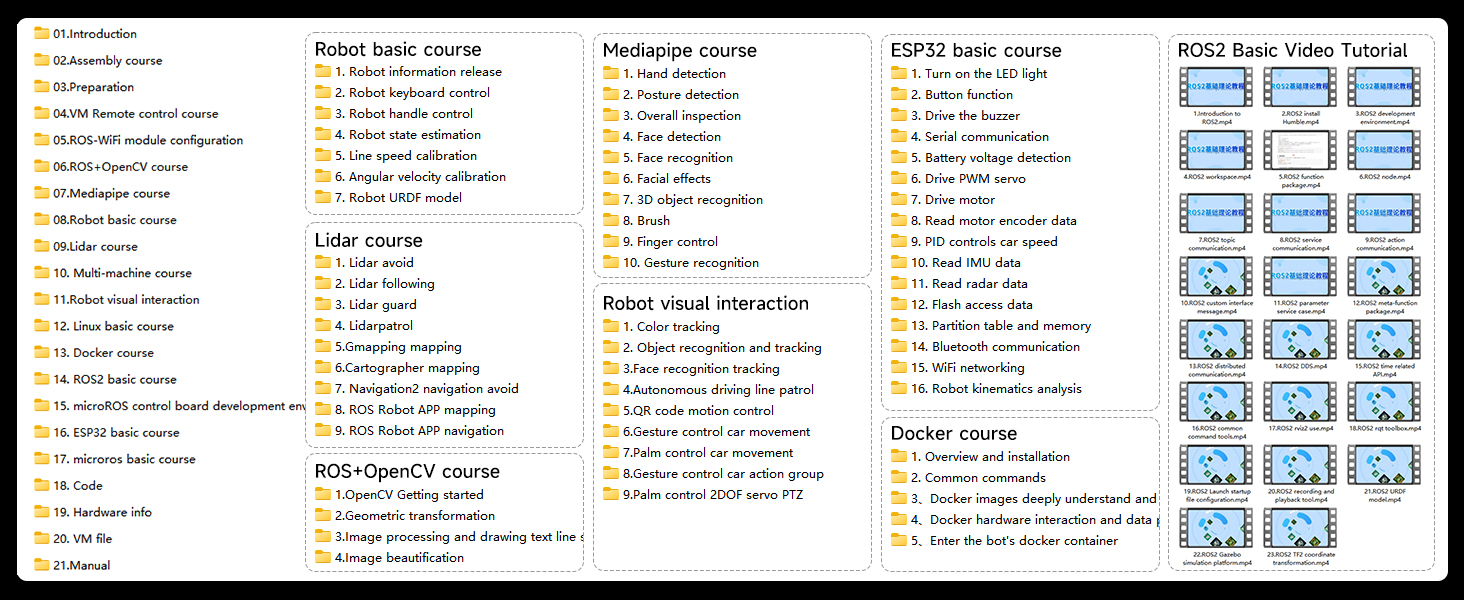 Another perspective showcasing the robot’s AI module and sensor array, emphasizing its state-of-the-art visual capabilities for SLAM and navigation. Ideal for researchers and makers looking to push autonomous tech boundaries.
Another perspective showcasing the robot’s AI module and sensor array, emphasizing its state-of-the-art visual capabilities for SLAM and navigation. Ideal for researchers and makers looking to push autonomous tech boundaries.


